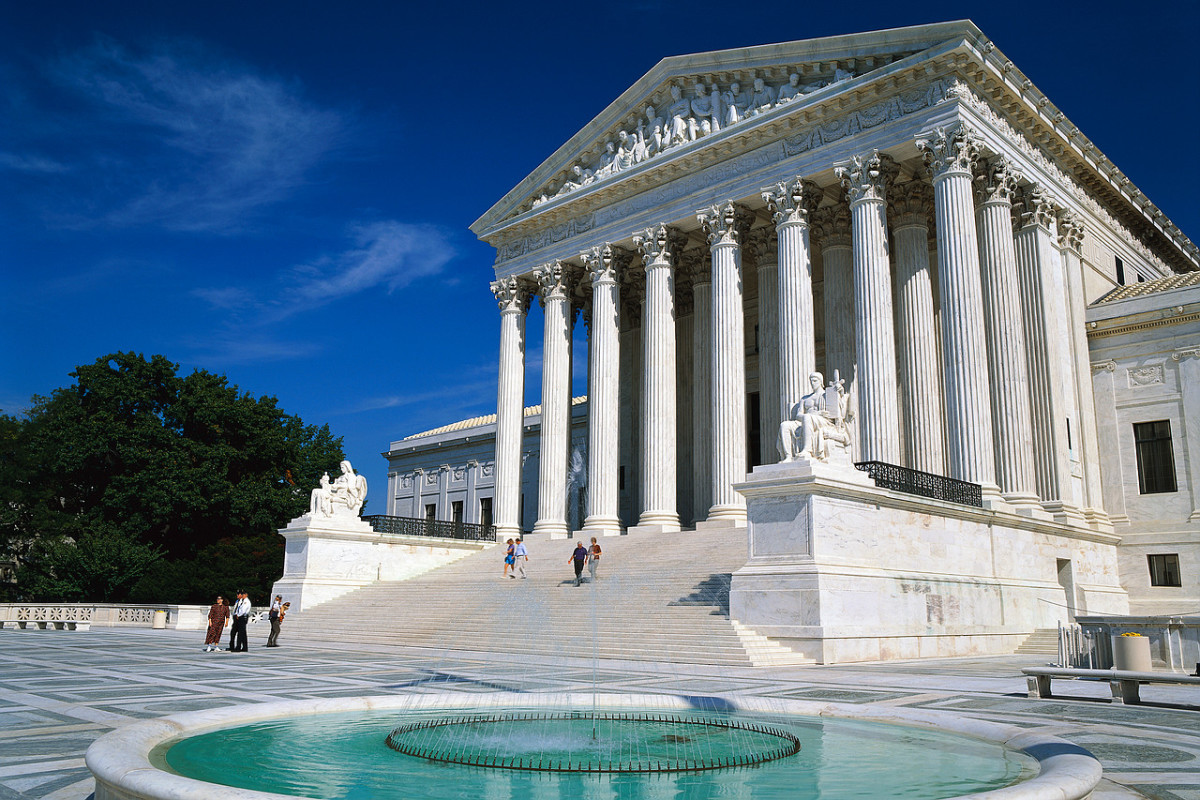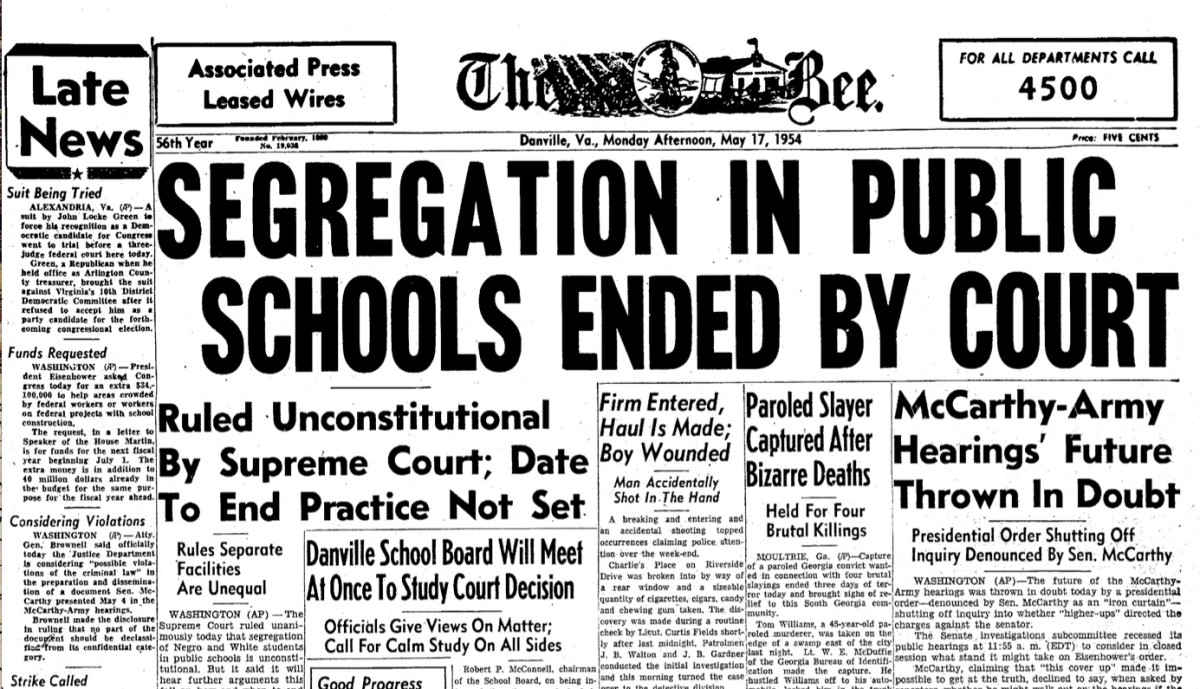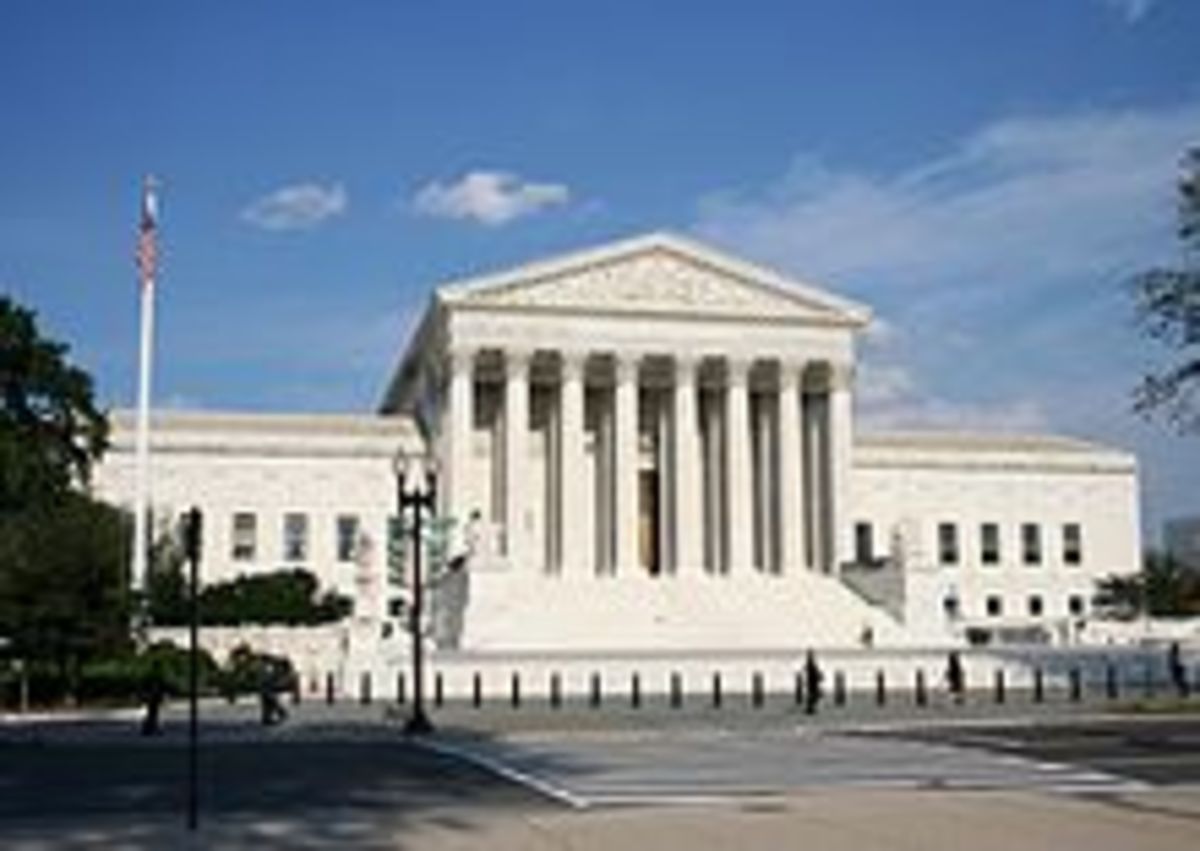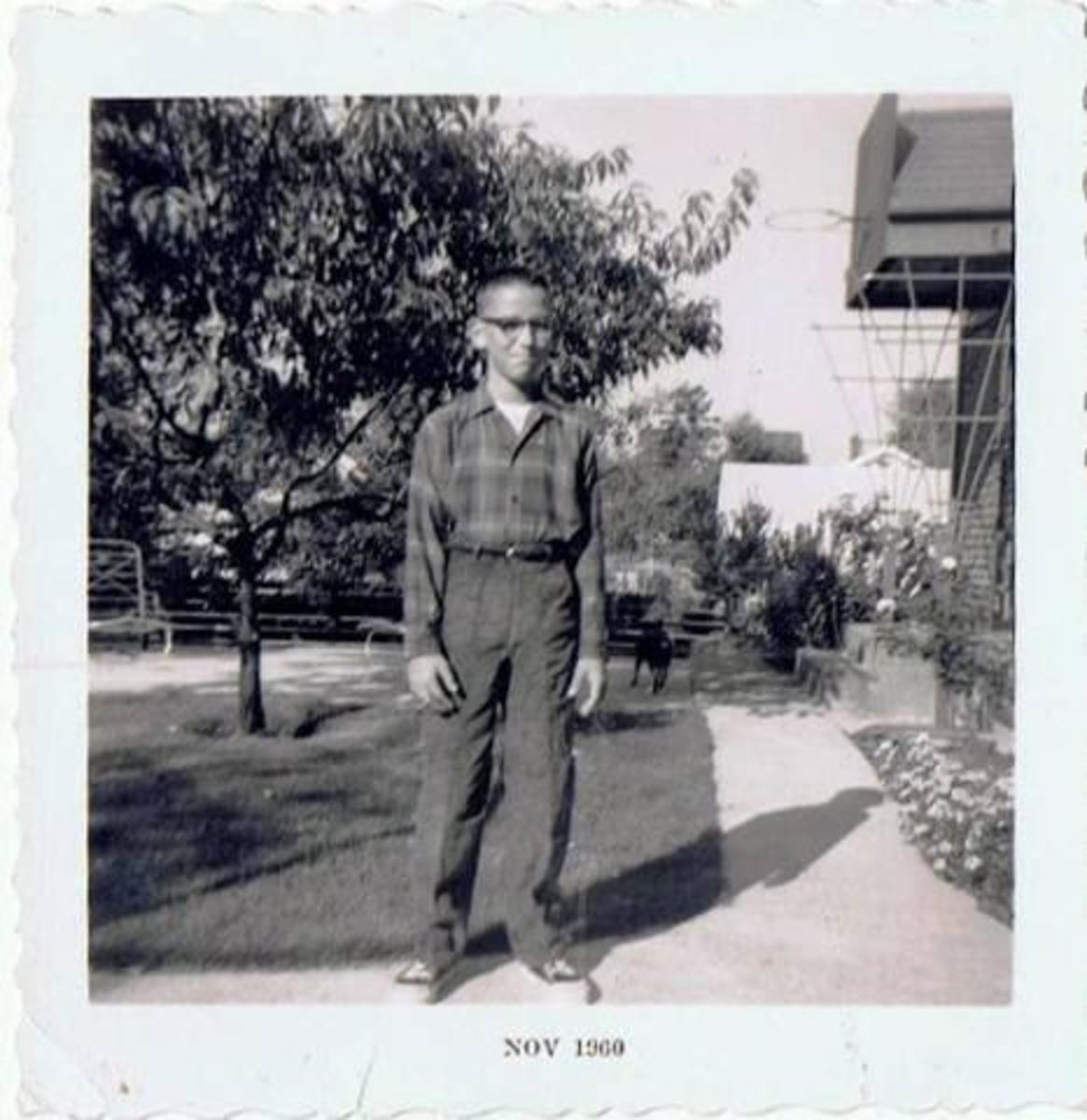Supreme Court Case: Brown vs The Board Of Education
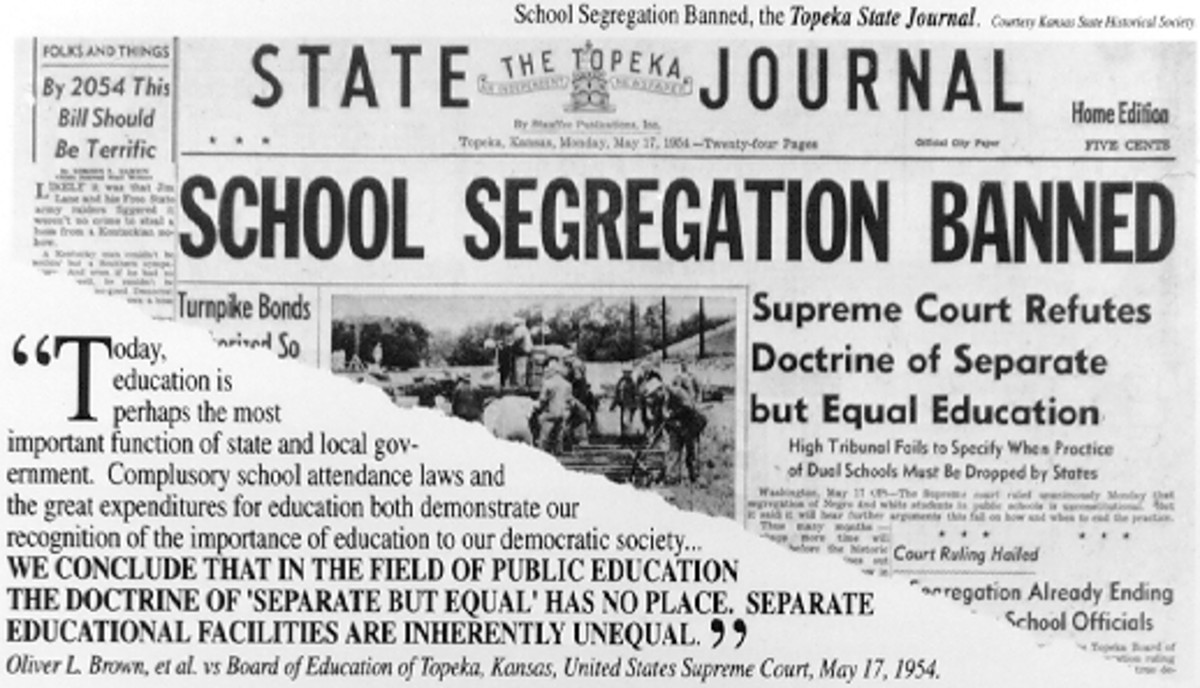
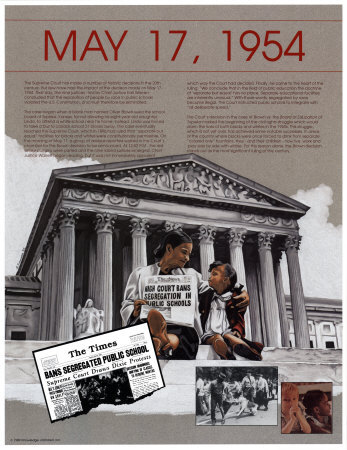
Background of Brown vs. Board Of Education
Linda Brown and her sister Terry Lynn were African-American. In the early 1500’s in order to get to their elementary school, they had to walk through a dangerous rail-road yard everyday so they could get to their bus stop. There was a school that was closer to Brown’s house, called The Summer School, but this was an all white student school and when Linda Brown and her sister applied to be admitted to the school, they were denied.
An earlier Supreme Court case: Plessy vs. Ferguson, had established that as long as the facilities were equal, segregation was legal. On this basis, The Summer School had denied Ms. Brown’s application.
However the Brown family did not agree with this law, and argued that the school’s rejection of Ms. Brown’s application violated their rights under the 14th amendment which stated that all people have equal protection under the laws. (Section 1 of the 14th amendment can be viewed below.)
14th Amendment
Section 1.
All persons born or naturalized in the United States, and subject to the jurisdiction thereof, are citizens of the United States and of the state wherein they reside. No state shall make or enforce any law which shall abridge the privileges or immunities of citizens of the United States; nor shall any state deprive any person of life, liberty, or property, without due process of law; nor deny to any person within its jurisdiction the equal protection of the laws.

The Case Rises To The Supreme Court
After a federal district court upheld the ruling of Plessy vs. Ferguson, the Brown’s appealed their case to the Supreme Court, aided by the National Association for the Advancement of Colored People (NAACP). Thurgood Marshall was the attorney who argued the case for the Browns. He would later go on to become a Supreme Court justice.
The Supreme Court Decision
The Supreme Court combined the cases of Brown and other families from South Carolina, Virginia, and Delaware and came to a ruling in 1954.
The Supreme Court ruled unanimously in favor of Brown, declaring that education was “the very foundation of good citizenship,” and “a principal instrument in awakening the child to cultural values”. Access to such education could not be made unless desegregation occurred. They wrote that having a segregated facility would have a negative effect on African-American children and produce “a tendency to retard their educational and mental development and to deprive them of some of the benefits they would receive in a racially integrated school system.” With that statement they concluded that separate educational facilities were not equal and that separate protection under the laws as guaranteed by the 14th amendment had been unjustly denied.
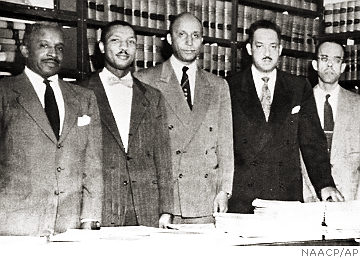
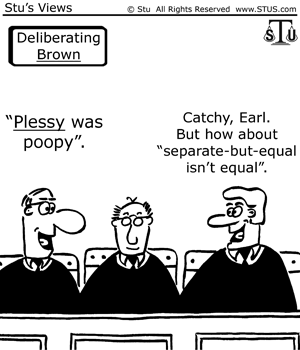
The Fight Raged On
After the 9-0 ruling in favor of desegregation by the Supreme Court, some schools were still slow to integrate because they were still prejudiced against African-Americans. The first school to be integrated was the Little Rock High School in Arkansas. President Eisenhower sent in the National Guard to make sure the students were treated properly. The students there became known as the famous "Little Rock Nine". The Supreme Court passed orders further to ensure that integration happened as fast as possible.
Brown vs Board of Education Video
Further Relevant Information
- The Constitution on Plessy Vs Ferguson: Details and Cartoons
Homer Plessy argued that the East Louisiana Railroad had denied him his rights under the 13th and 14th amendments of the us constitution FERGUSON: Said that Louisiana had a right to regulate their Railroad companies, as long as it was within their... - Learn More About Little Rock Nine
Historical events that actually happened. Integration of Little Rock Nine...
If you found this article useful, please remember to:
- Vote it UP/USEFUL!
- Share
- Leave a comment or question
Thank you!



